Media | Articles
Why the 1955–57 Chevrolet Nomad is bucking the fading ’50s trend
If the rush of recent interest in 1980s- and ’90s-era “Radwood” cars confirms anything, it’s that people pine after the cars from their youth. And the reality of the market is that there are fewer and fewer people still active in the scene that fondly remember the rockin’ cars of the 1950s from their youth. Younger buyers are into what you’d call traditional classics, but that interest doesn’t extend to much before the ’60s. But as 1950s American metal slowly dwindles in popularity, there is a bright spot, a fantastic vehicle that at least for now appears to be holding its position and at least staying flat: the 1955–57 Chevy Nomad.
An offshoot of the indomitable Tri-Five Chevy, the Nomad was the perfect combination of utility, style, and performance. Still sporting many of the forward-thinking design elements from the earlier concept envisioned by Harley Earl when it appeared in production form for 1955, the Nomad nonetheless shared its chassis with the ’55 Chevy sedan rather than the Corvette that inspired it.
You could get a Nomad with a “stovebolt” six-cylinder, but the big innovation in ’55 was the 265-cubic-inch small-block V-8. Top-spec was the small-block with dual exhaust and a four-barrel carb good for 180 hp, and then ’56 brought two four-barrel carbs and 225. By ’57 there was a wide range of carbureted V-8 engine variants that ranged between 162–270 hp, but the critical upgrade was the new Ramjet fuel-injected V-8, available in 250-hp guise or with solid lifters and 283 hp.
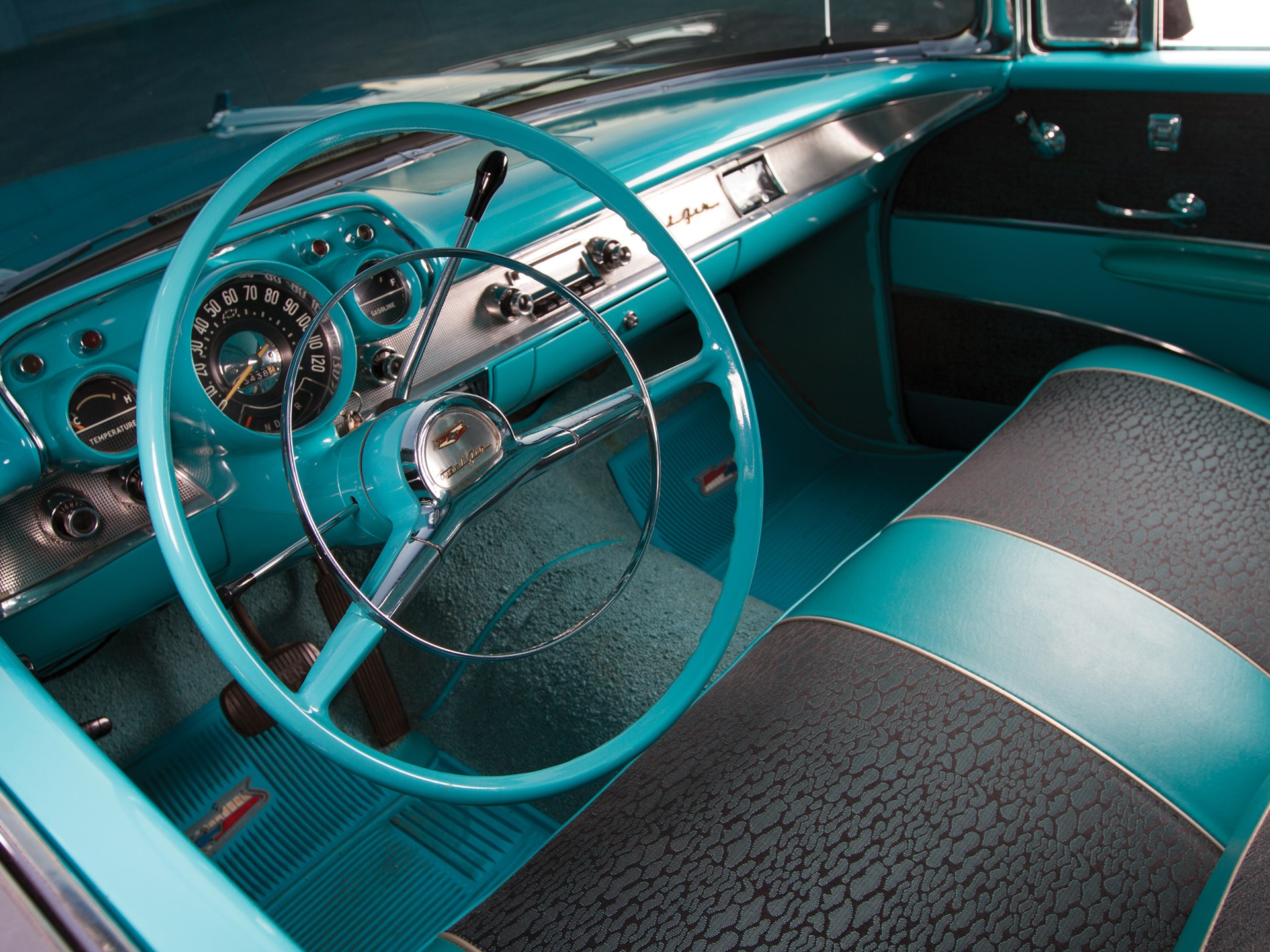

Marketplace
Buy and sell classics with confidence

Maybe it’s because people love wagons as do-it-all vehicles, but the Nomad is holding its own. In general, domestic 1950s cars are down 1 percent over the last 12 months and over the last five years have increased just 5 percent. Bel Air Sport Coupes are down 13 percent and Convertibles are down 15 percent, while the Nomad is down just 2 percent. In that same 12-month span, quotes for Nomads are up 6 percent, which is significantly better than the other body styles, which are down 1 percent. Quotes for 1950s domestic cars are down about 1 percent over the last year and off about 6 percent from their peak in 2016.
Here’s where it gets interesting. The number of Nomads offered for sale at auction has jumped 48 percent over the last 12 months, but is still shy of the peak in 2013–14. Last year we saw 57 percent of the Bel Airs (not specific to Nomads) that we inspected earn strong bids, which is a slight drop from 2017 when the number was 60 percent. That said, 11 of the 12 Bel Airs we reviewed at the January auctions were bid to or above market values. In general, domestic 1950s cars performed very well at the January auctions, with 60 percent of all cars offered bid to or above market values.

Nomads are up in price 6.1 percent in the last two months, mostly thanks to a strong auction sale of a mediocre-spec car. Over the last five years, average price at auction is $60,600. Value-wise, the 250-horse and 283-horse 1957 Fuelies are the priciest, and those are very rare. Add a 15–20 percent premium for factory A/C.
That the Nomad is holding strong is a pretty clear example of the Tri-Five Chevy’s strength as an established staple in the collector market, but also of the sheer desirability of a stylish wagon with Corvette power. Some things don’t change. Nomads were cool then, and they’re cool now.
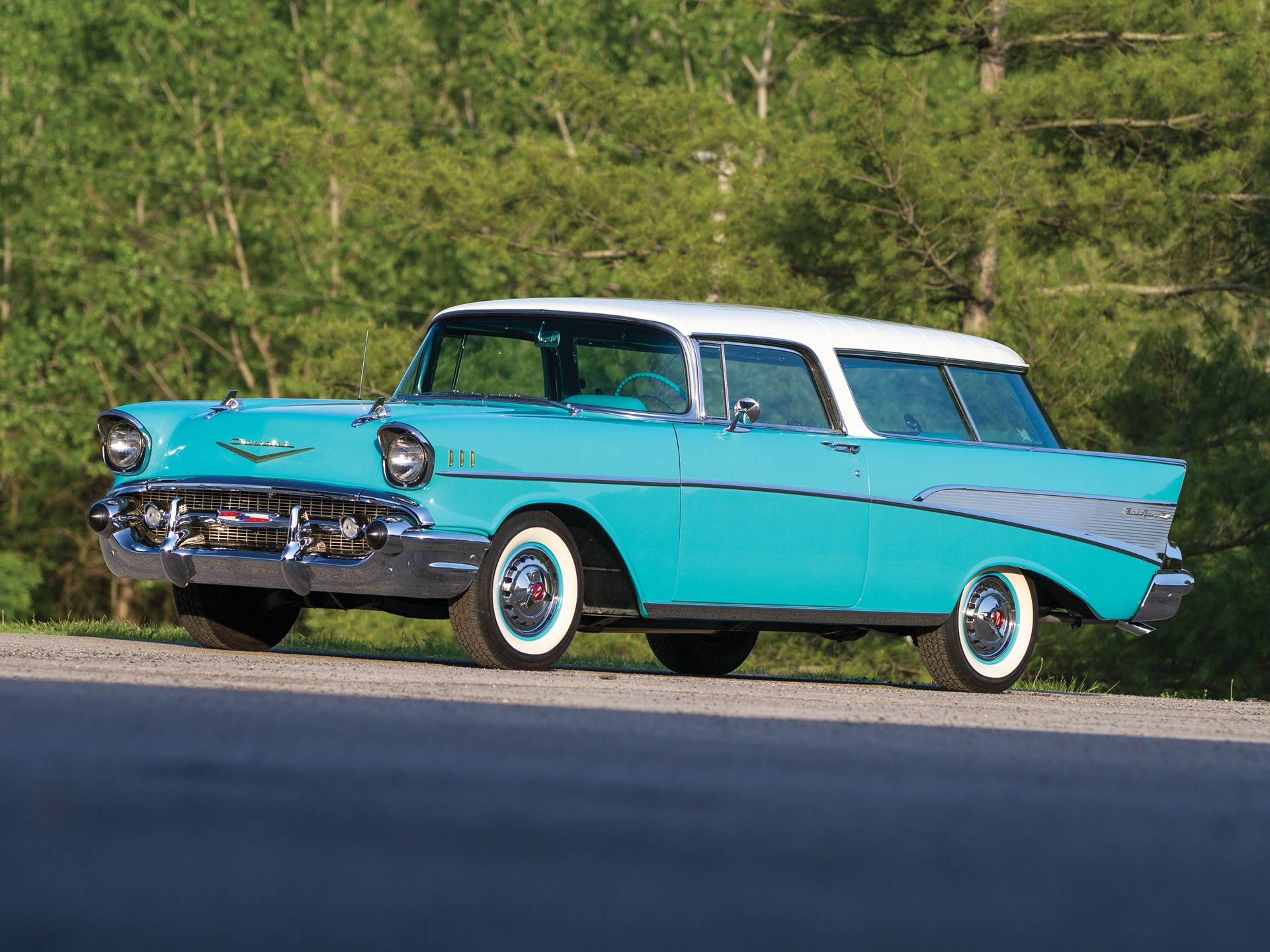

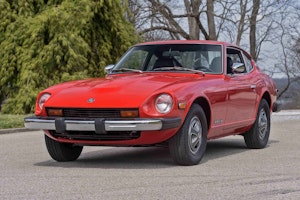
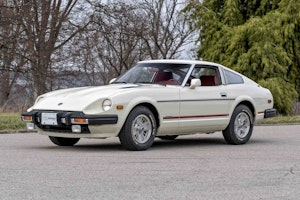
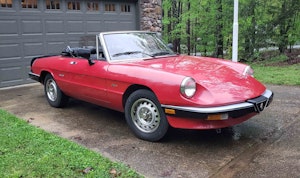

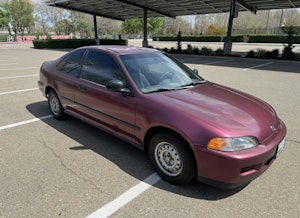




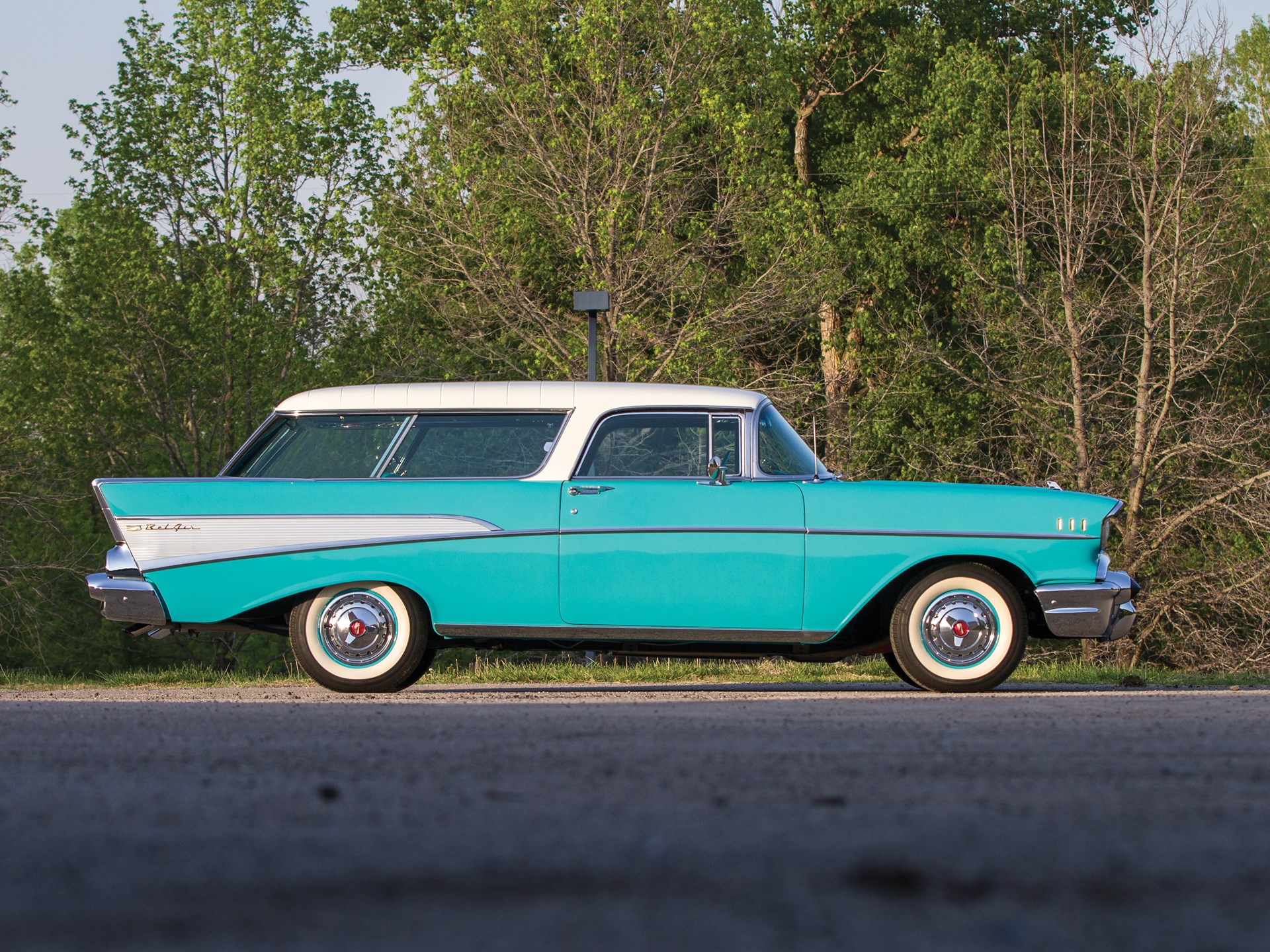


main interest is Nomads
especially 1955